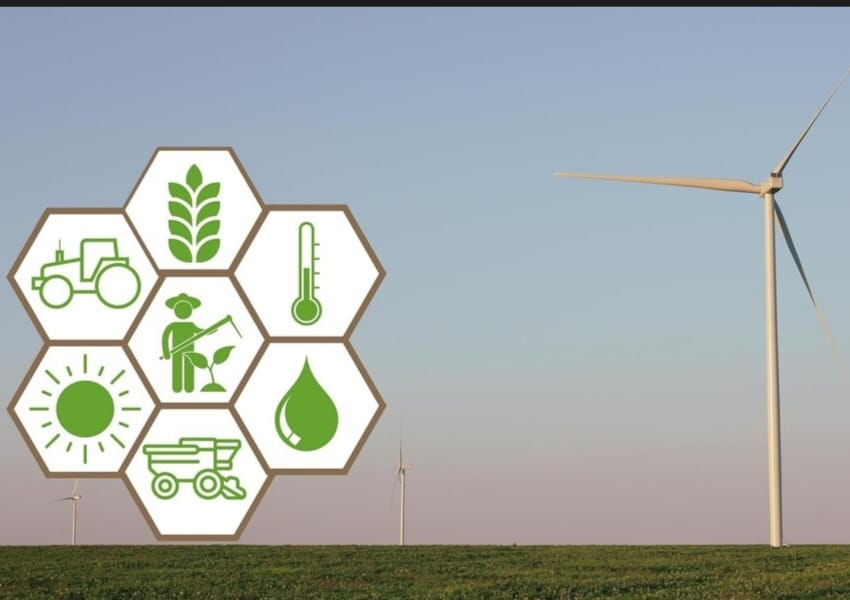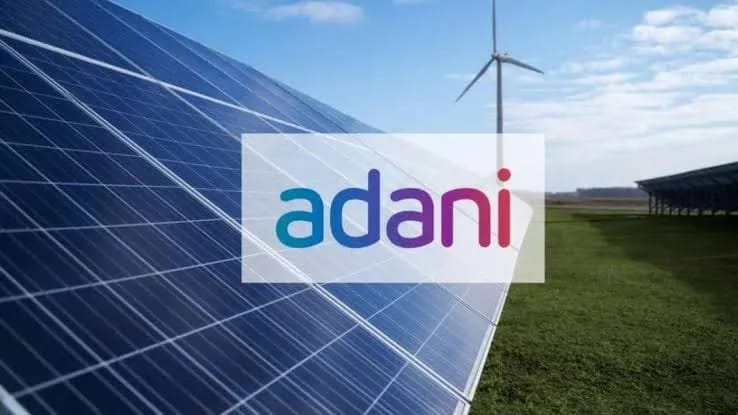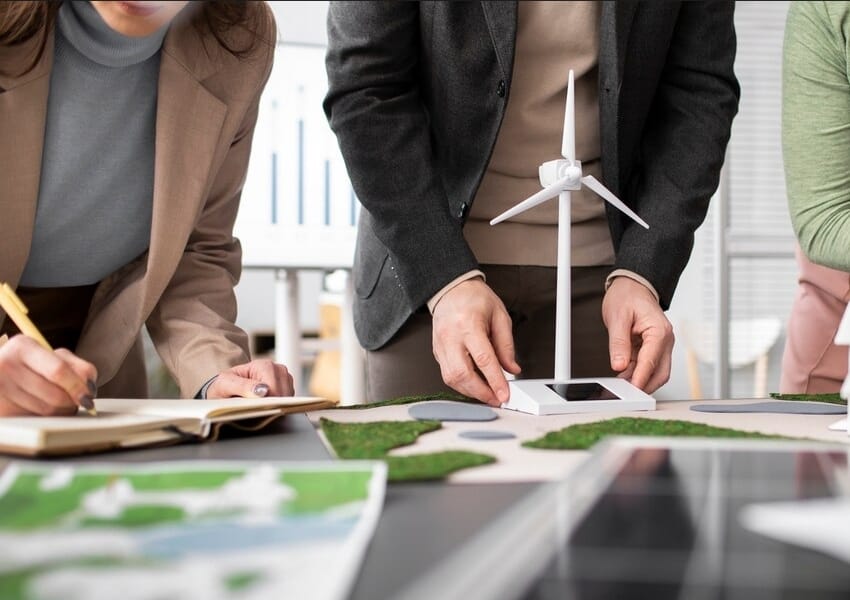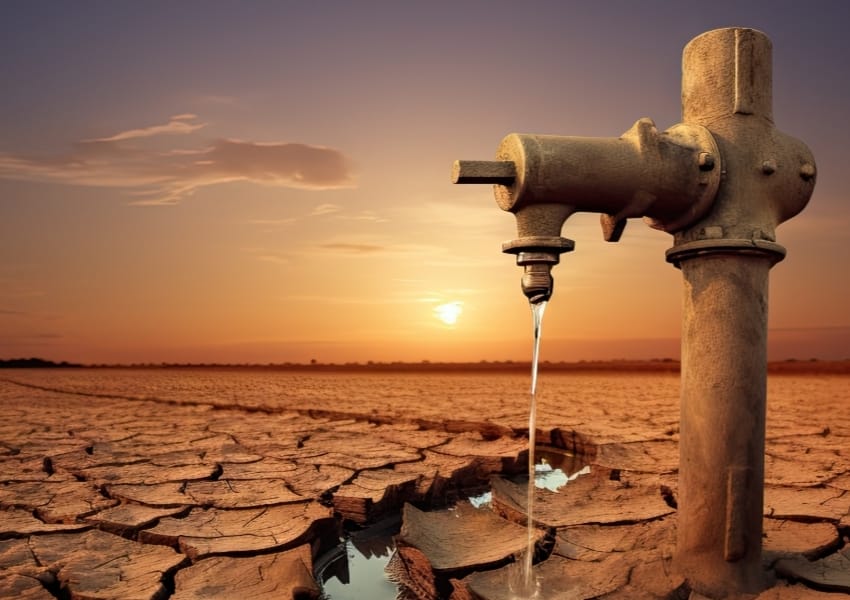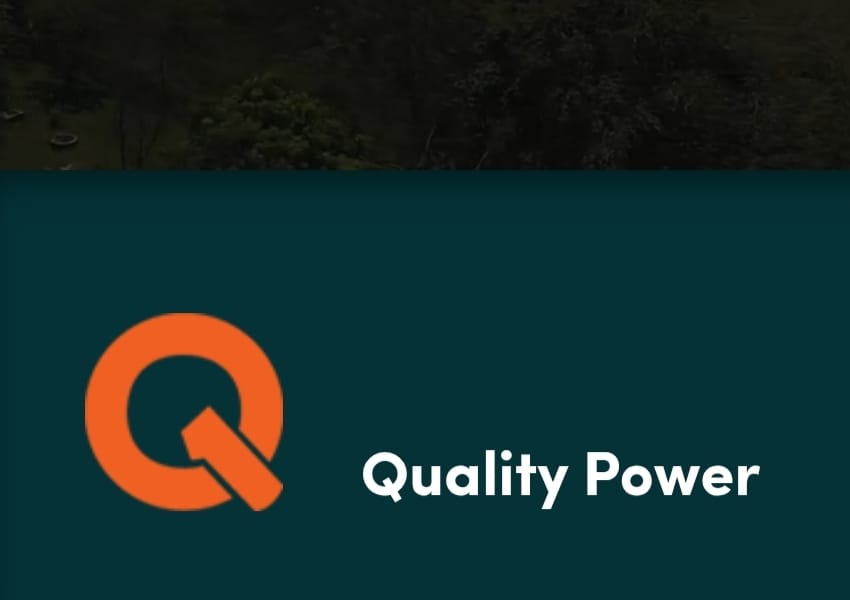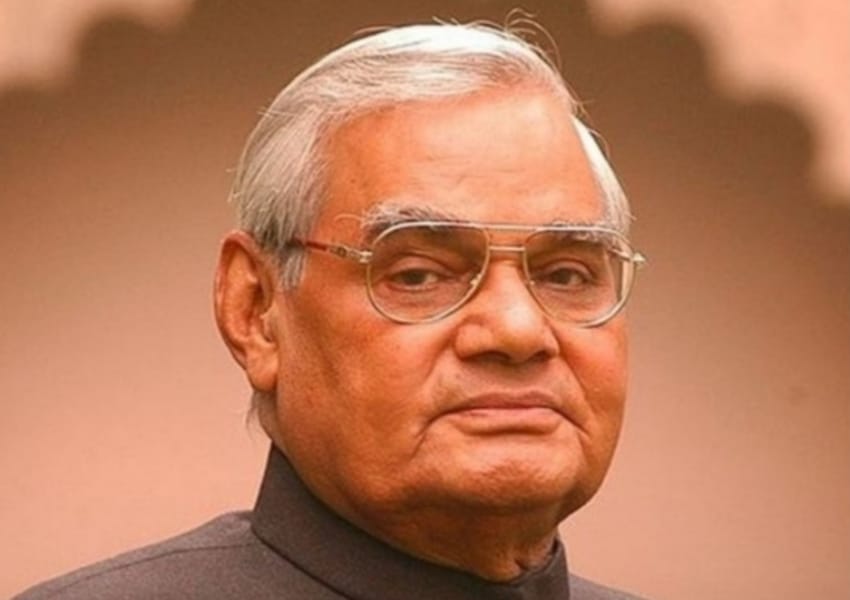India’s Renewable Energy Capacity Surges Over Two-Fold In A Decade

Efficient integration of green capacities into the grid to meet peak power demand is also a challenge
India has witnessed substantial progress in the realm of green energy over the past decade, marking a noteworthy shift in its energy landscape. Data from the Central Electricity Authority reveals that renewable power now constitutes a significant 43 per cent of the total installed power capacity in the fiscal year 2022–23, a considerable rise from the 31 per cent recorded in 2014–15.
The total installed capacity for renewable energy has soared to 180 gigawatts (GW) in 2023, experiencing a remarkable increase from 75.5 GW in 2014. In tandem with this growth, the share of fossil fuel-based power has dwindled to 57 per cent, down from 69 per cent in 2014–15.
Aligning with this trajectory, the Indian government has set an ambitious target to triple its renewable energy share to an impressive 500 GW by the year 2030. To realize this goal, the plan involves adding 50 GW of renewable energy capacity annually. Key government agencies such as the Solar Energy Corporation of India (SECI), SJVN, and NHPC have actively engaged in tendering contracts for solar, wind, and hydro capacity expansions in recent months.
Recognising the critical role of transmission lines in sustaining the viability of installed renewable energy capacity, the government is focused on addressing the lag in their development. As of March 2023, inter-regional transmission capacity in the country stood at 112,250 MW, witnessing a substantial increase from 37,200 MW added during the period from 2017 to 2022 (up to March 31, 2022). The total transmission lines in 2022–23 reached 471,341 circuit kilometers (ckm), compared to 313,437 ckm in 2014–15. The government aims to add 16,602 ckm of transmission lines in the current financial year, surpassing the 14,625 ckm added in FY23.
Despite these strides, experts caution that achieving the ambitious target of tripling the renewable energy capacity to 500 GW by 2030 is a formidable task. Concerns linger about the potential delay in the peaking and phasing out of coal-fired power due to a sharper-than-expected surge in domestic power demand. Moreover, the intermittent and variable nature of renewable-based generation poses challenges, requiring efficient integration into the grid to meet peak power demand.
Acknowledging the practicalities, India has affirmed its commitment to meet the rising power demand by continuing the use of fossil fuels. The National Electricity Plan outlines the country’s vision to increase the share of non-fossil-based capacity to 57.4 percent by 2026–27 and further to 68.4 percent by the end of 2031–32, up from around 42.5 percent.











